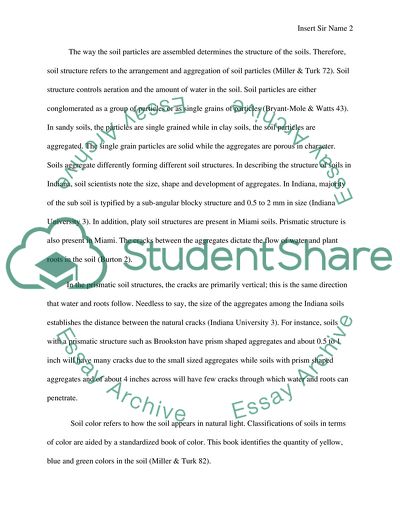Cite this document
(“Numerous Disciplines Provide Different Definitions of Soil Assignment”, n.d.)
Retrieved from https://studentshare.org/agriculture/1616083-wiki-soils
Retrieved from https://studentshare.org/agriculture/1616083-wiki-soils
(Numerous Disciplines Provide Different Definitions of Soil Assignment)
https://studentshare.org/agriculture/1616083-wiki-soils.
https://studentshare.org/agriculture/1616083-wiki-soils.
“Numerous Disciplines Provide Different Definitions of Soil Assignment”, n.d. https://studentshare.org/agriculture/1616083-wiki-soils.


